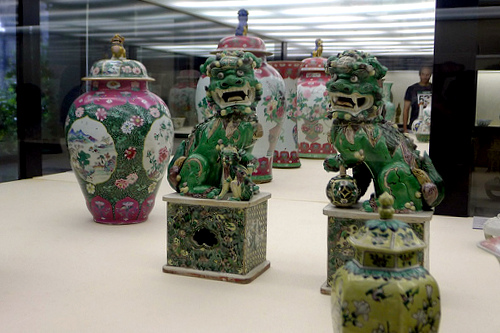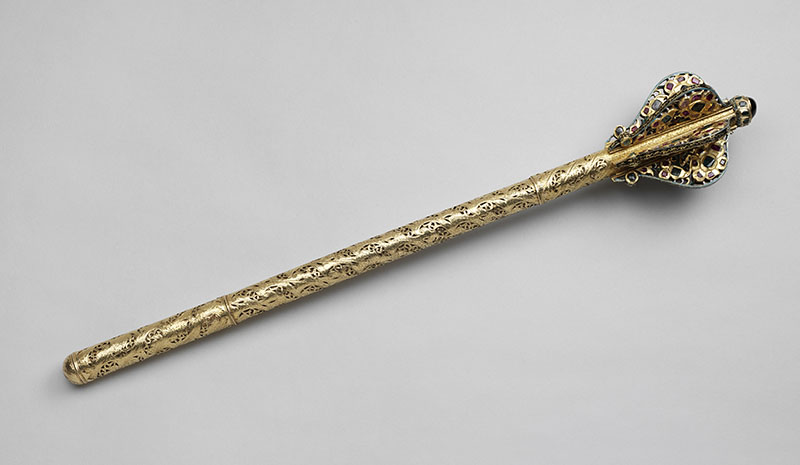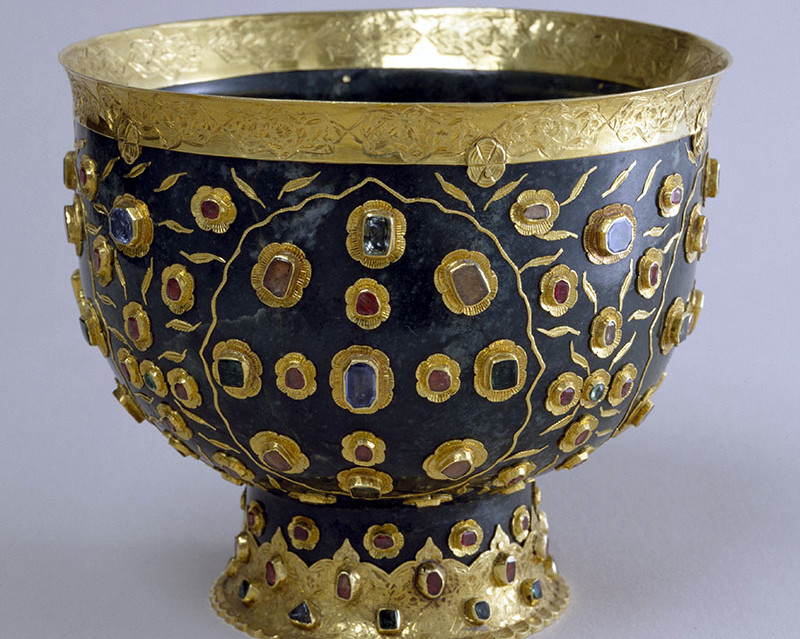People might make spontaneous travel decisions and simply book a ticket to a certain destination and leave for there. But in reality, the booking might be spontaneous and not the choice of the place, because we virtually choose a place of which we have some idea already and which has pulled our attention. In case of the Portuguese capital, there are lots of places to see and visit but what all Lisbon tourists and visitors have in mind is not to miss a visit to Calouste Gulbenkian Museum.

The history of Calouste Gulbenkian Museum goes back to the 1959-1960. The building of the museum was however inaugurated in 1969. In 1959-1960, a competition was held between three teams of architects for the museum. The museum was established to pay homage to Calouste Gulbenkian, who is an Armenian collector and to highlight his spirituality and creative force. Presently, it’s one of the most important cultural centers and most famous museums in Lisbon. It presents European, Greek, Asian, Roman and Egyptian art. The museum includes paintings by such remarkable painters as Rembrandt and Rubens as well. Just like all museums, this museum also has permanent collections and regularly comes up temporary exhibitions.
The Czars and the East is one of the temporary exhibitions at the museum absolutely worth visiting and as the name suggests, the exhibition represents items peculiar to the times of Tsar Russia. It will be available until May 18. What does it have to offer?

This exhibition does not focus on paintings, but rather on textiles, bejeweled arms and other precious objects from Kremlin Museum. These objects have historical value and the majority of objects presented in the collection were given by Ottoman sultans and shahs of Iran. Some other objects were gifted to Russian Tsars by rich merchants.
It should be mentioned that the most interesting part of the exhibition is represented by Iranian fine arms and armor. As you go through the exhibition you will find some Russian fine arms and armor as well. It is explained by the fact that perhaps starting from the 17th century may Russian craftsman starting employing Iranian and Ottoman designs and as a result, they came up with objects that featured Russian motifs but Iranian and Turkish fabrics.

Being one of the best Lisbon museums, this museum comes with comparatively lower ticket prices. The entrance will cost you EUR 4. The museum is open from Tuesday to Sunday from 10 am to 6 m. It is closed on Mondays as well as on December 25, January 1, Easter Sunday and May 1.


